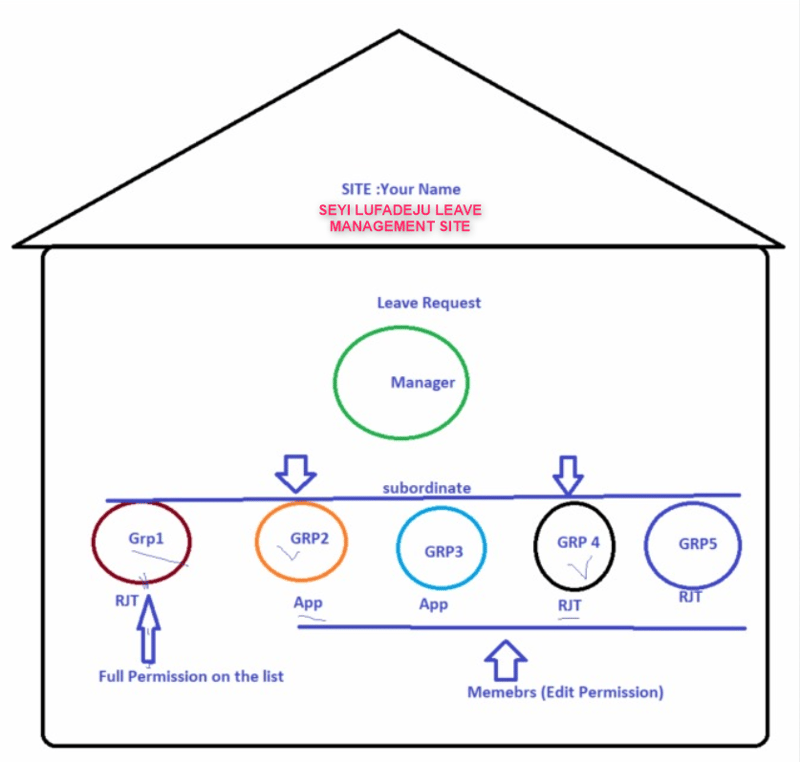10 Must-Read White Papers for Every Software Engineer
In the rapidly evolving world of software engineering, staying informed about foundational technologies is crucial. These seminal white papers have shaped modern distributed systems, databases, and cloud architectures. Whether you're a seasoned engineer or just starting your journey, these papers offer invaluable insights into the architectural decisions behind some of tech's most influential systems. 1. The Google File System (GFS) The Google File System describes how Google built a distributed file system for large-scale data-intensive applications. Published in 2003, this paper introduced fault tolerance and high performance concepts that influenced many modern storage systems. GFS demonstrated how to handle component failures as the norm rather than the exception—a paradigm shift in system design thinking. 2. Dynamo: Amazon's Highly Available Key-value Store Dynamo introduced the concept of "eventually consistent" storage systems. This 2007 paper from Amazon details the trade-offs between availability, consistency, and performance in distributed databases. Dynamo's influence can be seen in numerous NoSQL databases, including Cassandra and Riak, and its principles underpin much of modern cloud storage. 3. Paxos: The Part-Time Parliament Leslie Lamport's Paxos paper is a classic in distributed consensus protocols. Using the metaphor of a fictional Greek parliament, this paper addresses how distributed systems can reach agreement despite failures. Though famously difficult to understand, Paxos concepts are fundamental to reliable distributed computing and have influenced countless systems. 4. MapReduce: Simplified Data Processing on Large Clusters MapReduce revolutionized large-scale data processing. This Google paper describes a programming model that enabled processing enormous datasets across thousands of machines. MapReduce's influence extends beyond Hadoop—its conceptual framework changed how we think about parallel computing and big data processing. 5. Kafka: a Distributed Messaging System for Log Processing Kafka's paper describes LinkedIn's approach to handling real-time data feeds. This messaging system has become central to modern event-driven architectures. By treating logs as first-class citizens, Kafka enabled new patterns for data integration, stream processing, and event sourcing that power countless real-time applications today. 6. Spanner: Google's Globally-Distributed Database Spanner introduced TrueTime API and externally consistent distributed transactions. This paper changed assumptions about what's possible in globally distributed databases by solving the seemingly impossible challenge of strong consistency at global scale. Spanner's innovations continue to influence cloud database designs. 7. Bigtable: A Distributed Storage System for Structured Data Bigtable presented Google's approach to storing structured data across massive distributed systems. This paper influenced numerous NoSQL databases including HBase, Cassandra, and DynamoDB. Bigtable's column-family data model and distributed architecture concepts remain relevant for high-scale applications. 8. ZooKeeper: Wait-free coordination for Internet-scale systems ZooKeeper tackles the challenge of coordination in distributed systems. This paper from Yahoo! Research describes a service for maintaining configuration information and providing distributed synchronization. ZooKeeper's simple yet powerful primitives enable complex coordination patterns that are essential for reliable distributed applications. 9. The Log-Structured Merge-Tree (LSM-Tree) The LSM-Tree paper introduced a data structure optimized for write-heavy workloads. This technique enables high-performance storage systems by converting random writes to sequential ones. LSM-Trees form the foundation of many modern databases including LevelDB, RocksDB, and Cassandra. 10. The Chubby lock service for loosely-coupled distributed systems Chubby addresses the challenge of distributed locking and coordination. This Google system provides reliable distributed locking, helping solve consensus problems in large clusters. Chubby's influence extends beyond Google—it inspired ZooKeeper and informs coordination services in numerous distributed systems. What Would You Add? While these ten papers represent foundational work in distributed systems and databases, the field of software engineering is vast. Other noteworthy papers include: Raft: In Search of an Understandable Consensus Algorithm - A more accessible alternative to Paxos CAP Theorem - Eric Brewer's principles on distributed system trade-offs The Byzantine Generals Problem - Fundamental work on fault tolerance Chord: A Scalable Peer-to-peer Lookup Service for Internet Applications - Influential work on distributed hash tables The Design of a Practical System for Fault-Tolerant Virtual Machi
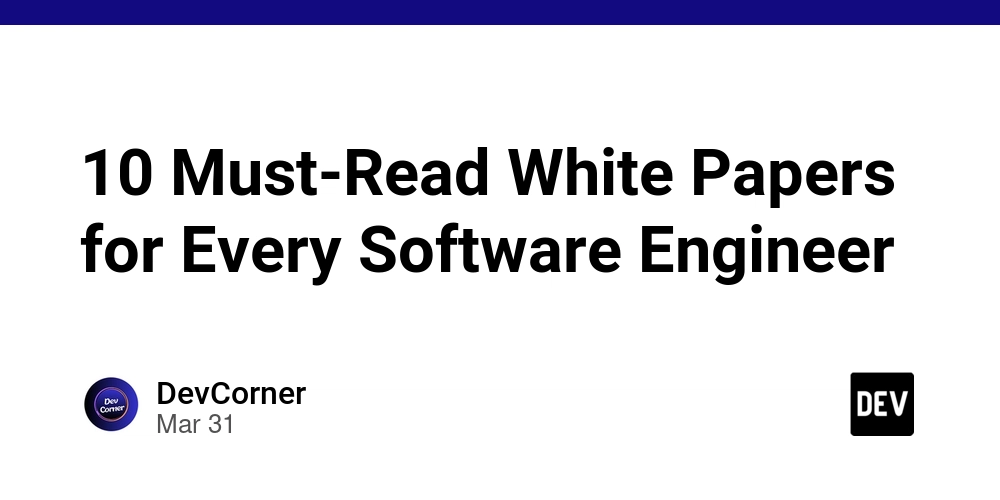
In the rapidly evolving world of software engineering, staying informed about foundational technologies is crucial. These seminal white papers have shaped modern distributed systems, databases, and cloud architectures. Whether you're a seasoned engineer or just starting your journey, these papers offer invaluable insights into the architectural decisions behind some of tech's most influential systems.
1. The Google File System (GFS)
The Google File System describes how Google built a distributed file system for large-scale data-intensive applications. Published in 2003, this paper introduced fault tolerance and high performance concepts that influenced many modern storage systems. GFS demonstrated how to handle component failures as the norm rather than the exception—a paradigm shift in system design thinking.
2. Dynamo: Amazon's Highly Available Key-value Store
Dynamo introduced the concept of "eventually consistent" storage systems. This 2007 paper from Amazon details the trade-offs between availability, consistency, and performance in distributed databases. Dynamo's influence can be seen in numerous NoSQL databases, including Cassandra and Riak, and its principles underpin much of modern cloud storage.
3. Paxos: The Part-Time Parliament
Leslie Lamport's Paxos paper is a classic in distributed consensus protocols. Using the metaphor of a fictional Greek parliament, this paper addresses how distributed systems can reach agreement despite failures. Though famously difficult to understand, Paxos concepts are fundamental to reliable distributed computing and have influenced countless systems.
4. MapReduce: Simplified Data Processing on Large Clusters
MapReduce revolutionized large-scale data processing. This Google paper describes a programming model that enabled processing enormous datasets across thousands of machines. MapReduce's influence extends beyond Hadoop—its conceptual framework changed how we think about parallel computing and big data processing.
5. Kafka: a Distributed Messaging System for Log Processing
Kafka's paper describes LinkedIn's approach to handling real-time data feeds. This messaging system has become central to modern event-driven architectures. By treating logs as first-class citizens, Kafka enabled new patterns for data integration, stream processing, and event sourcing that power countless real-time applications today.
6. Spanner: Google's Globally-Distributed Database
Spanner introduced TrueTime API and externally consistent distributed transactions. This paper changed assumptions about what's possible in globally distributed databases by solving the seemingly impossible challenge of strong consistency at global scale. Spanner's innovations continue to influence cloud database designs.
7. Bigtable: A Distributed Storage System for Structured Data
Bigtable presented Google's approach to storing structured data across massive distributed systems. This paper influenced numerous NoSQL databases including HBase, Cassandra, and DynamoDB. Bigtable's column-family data model and distributed architecture concepts remain relevant for high-scale applications.
8. ZooKeeper: Wait-free coordination for Internet-scale systems
ZooKeeper tackles the challenge of coordination in distributed systems. This paper from Yahoo! Research describes a service for maintaining configuration information and providing distributed synchronization. ZooKeeper's simple yet powerful primitives enable complex coordination patterns that are essential for reliable distributed applications.
9. The Log-Structured Merge-Tree (LSM-Tree)
The LSM-Tree paper introduced a data structure optimized for write-heavy workloads. This technique enables high-performance storage systems by converting random writes to sequential ones. LSM-Trees form the foundation of many modern databases including LevelDB, RocksDB, and Cassandra.
10. The Chubby lock service for loosely-coupled distributed systems
Chubby addresses the challenge of distributed locking and coordination. This Google system provides reliable distributed locking, helping solve consensus problems in large clusters. Chubby's influence extends beyond Google—it inspired ZooKeeper and informs coordination services in numerous distributed systems.
What Would You Add?
While these ten papers represent foundational work in distributed systems and databases, the field of software engineering is vast. Other noteworthy papers include:
- Raft: In Search of an Understandable Consensus Algorithm - A more accessible alternative to Paxos
- CAP Theorem - Eric Brewer's principles on distributed system trade-offs
- The Byzantine Generals Problem - Fundamental work on fault tolerance
- Chord: A Scalable Peer-to-peer Lookup Service for Internet Applications - Influential work on distributed hash tables
- The Design of a Practical System for Fault-Tolerant Virtual Machines - VMware's approach to virtualization
These white papers collectively represent decades of innovation in software engineering. By understanding these fundamental works, engineers can build on proven patterns and avoid reinventing solutions to well-understood problems.
What white papers would you add to this list? Share your thoughts in the comments below!




















![T-Mobile says it didn't compromise its values to get FCC to approve fiber deal [UPDATED]](https://m-cdn.phonearena.com/images/article/169088-two/T-Mobile-says-it-didnt-compromise-its-values-to-get-FCC-to-approve-fiber-deal-UPDATED.jpg?#)

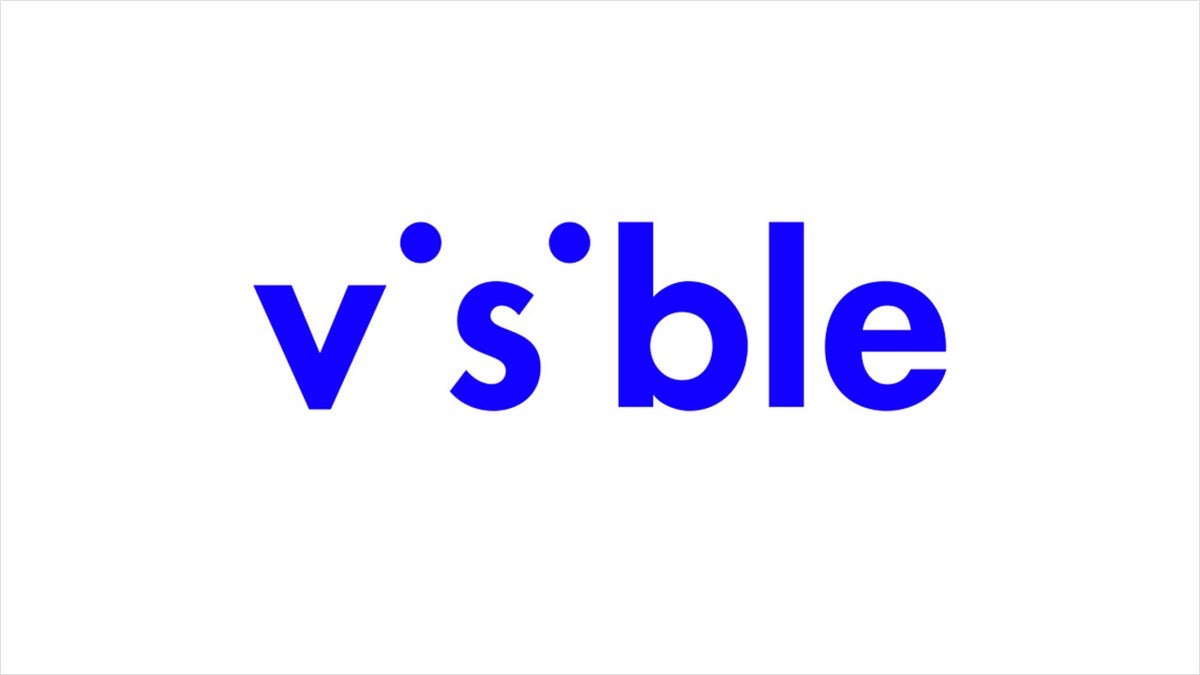




















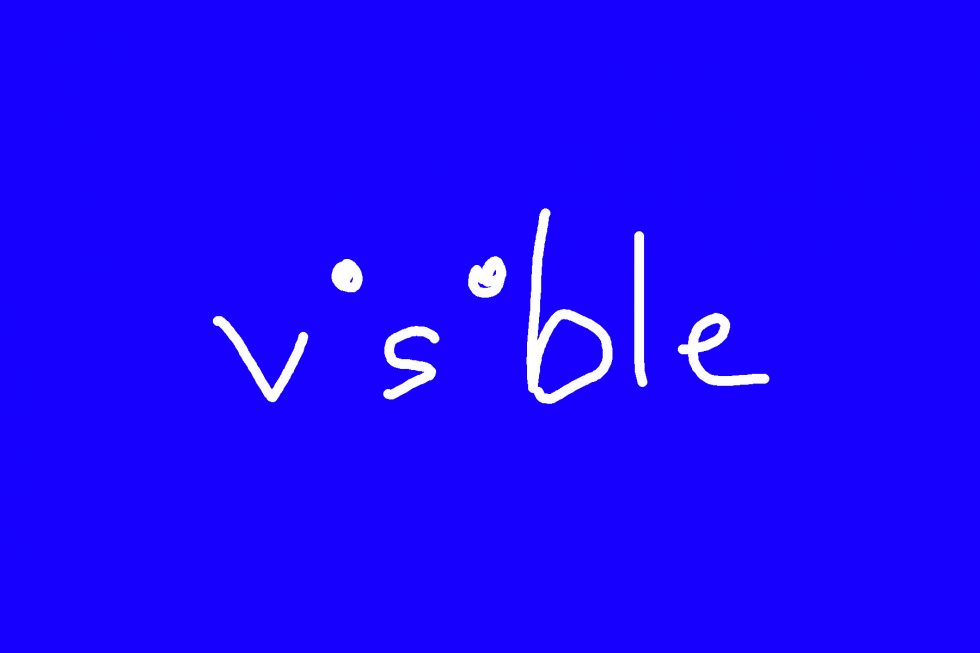


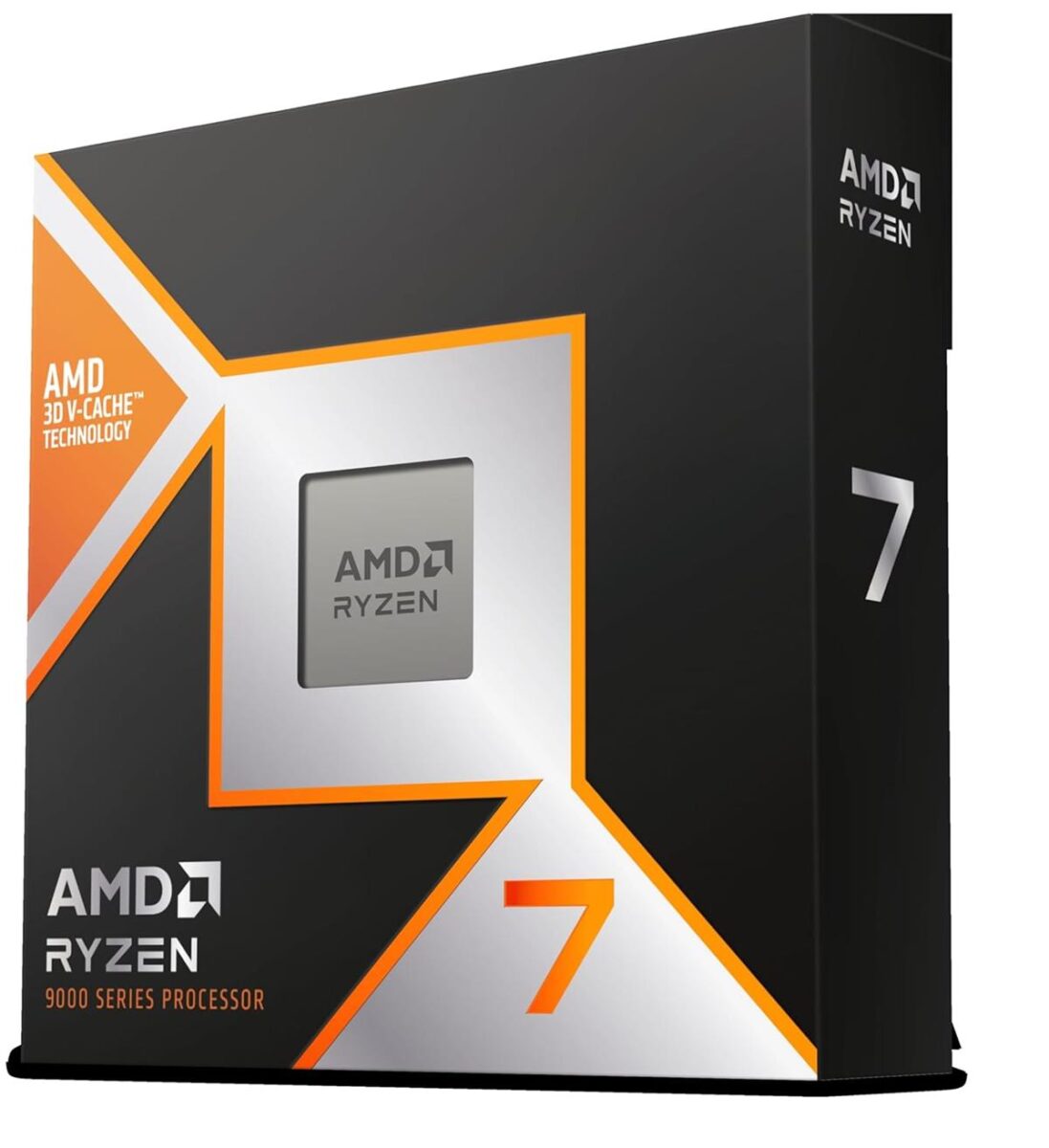
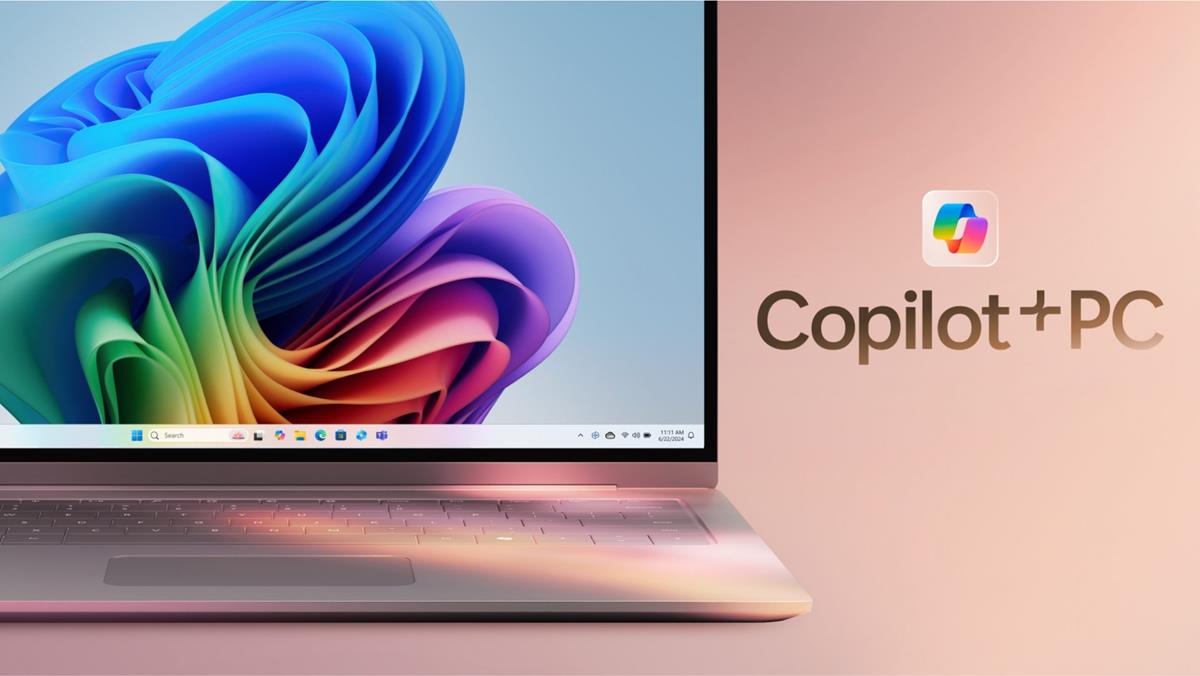

















![Nomad Goods Launches 15% Sitewide Sale for 48 Hours Only [Deal]](https://www.iclarified.com/images/news/96899/96899/96899-640.jpg)


![Apple Watch Series 10 Prototype with Mystery Sensor Surfaces [Images]](https://www.iclarified.com/images/news/96892/96892/96892-640.jpg)
































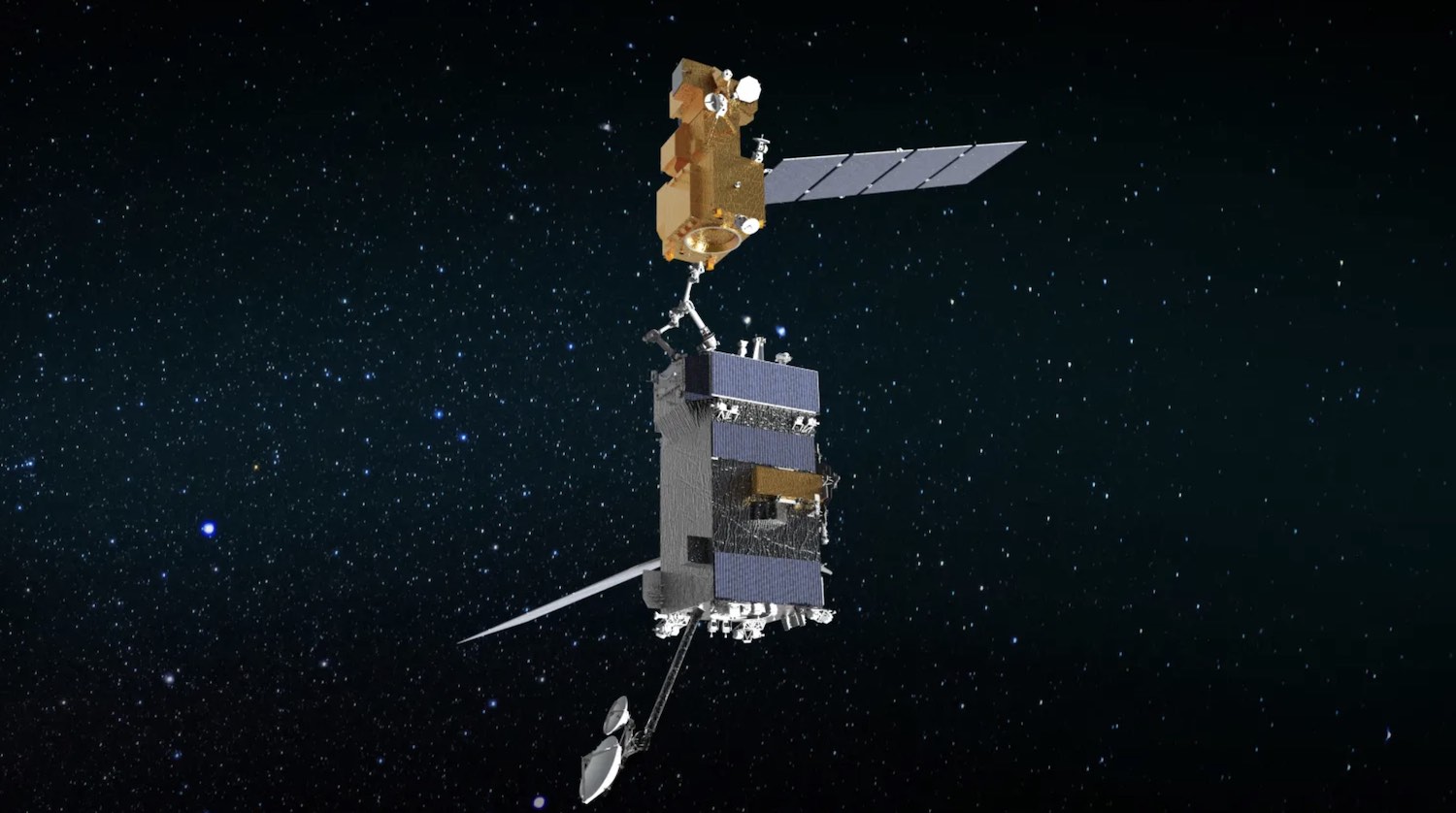



















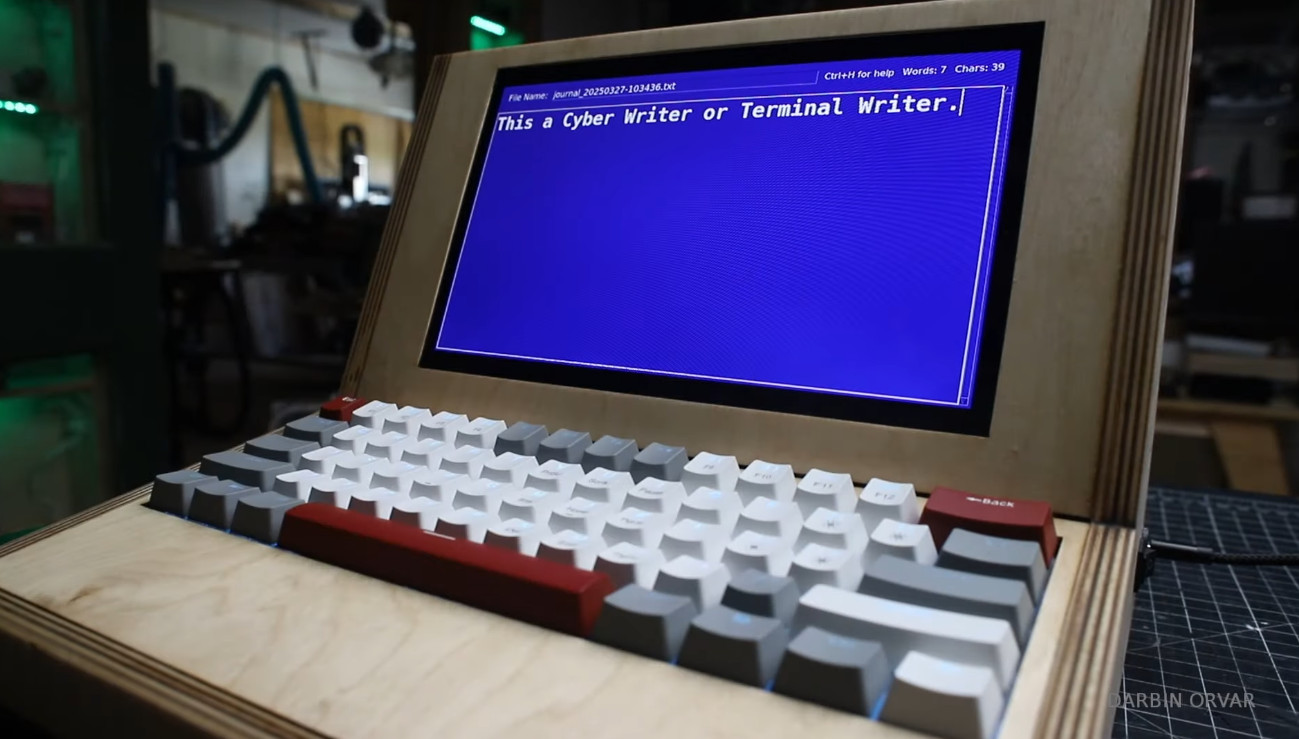

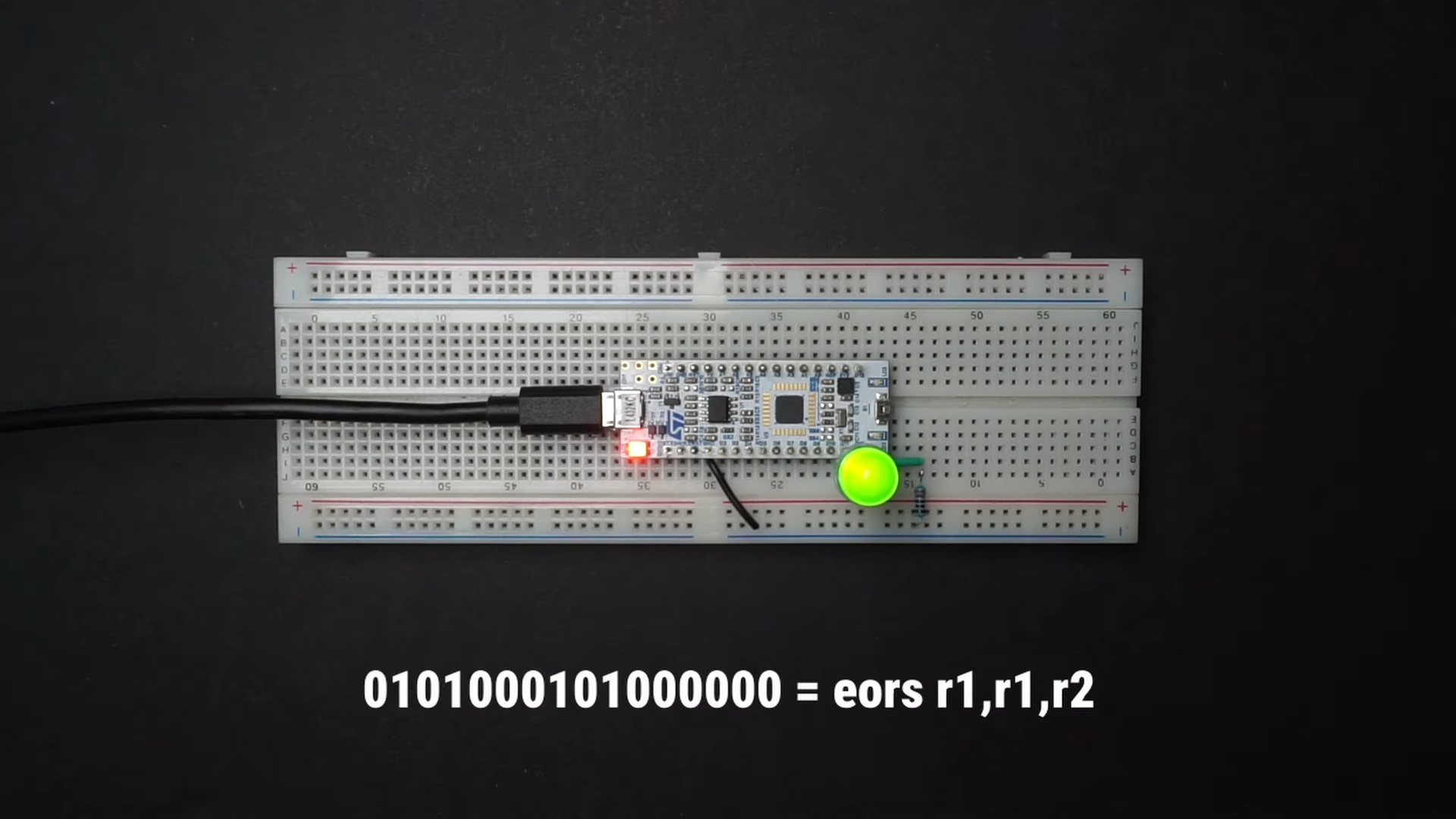






























































































































![[The AI Show Episode 142]: ChatGPT’s New Image Generator, Studio Ghibli Craze and Backlash, Gemini 2.5, OpenAI Academy, 4o Updates, Vibe Marketing & xAI Acquires X](https://www.marketingaiinstitute.com/hubfs/ep%20142%20cover.png)






















































































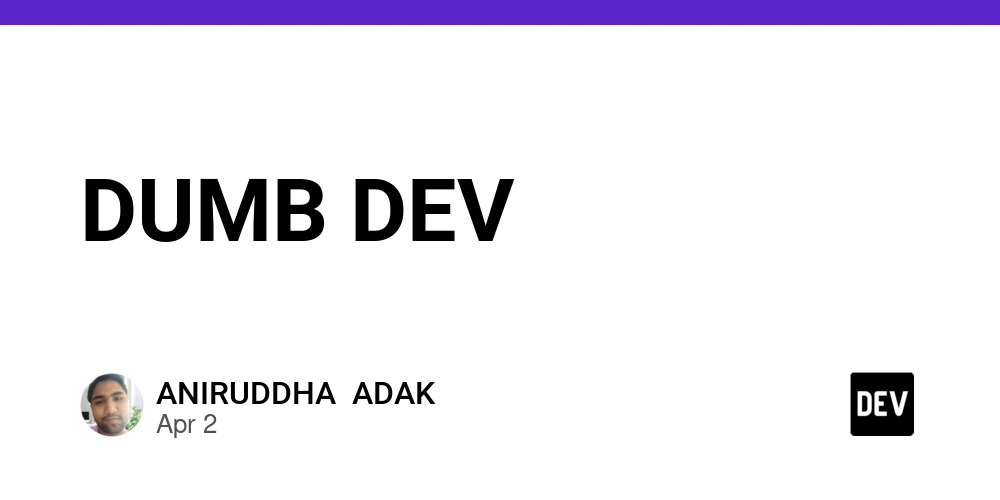
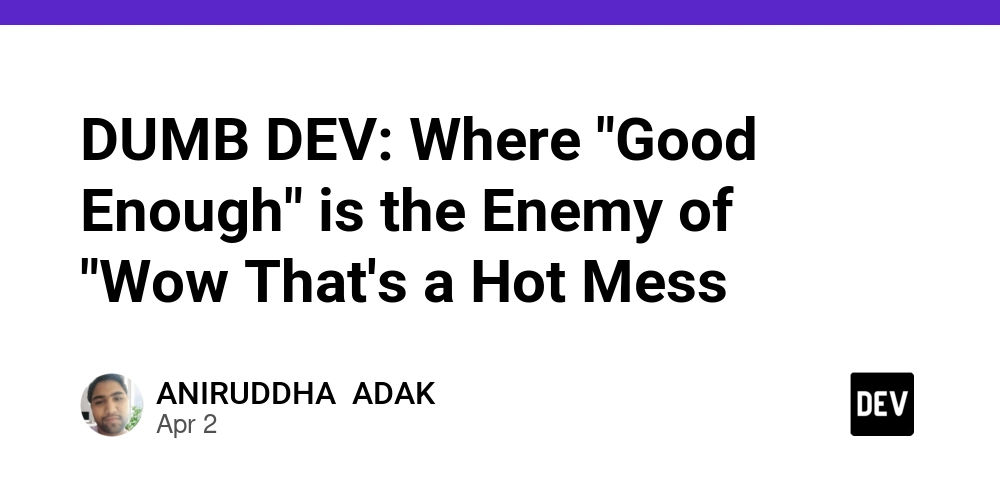

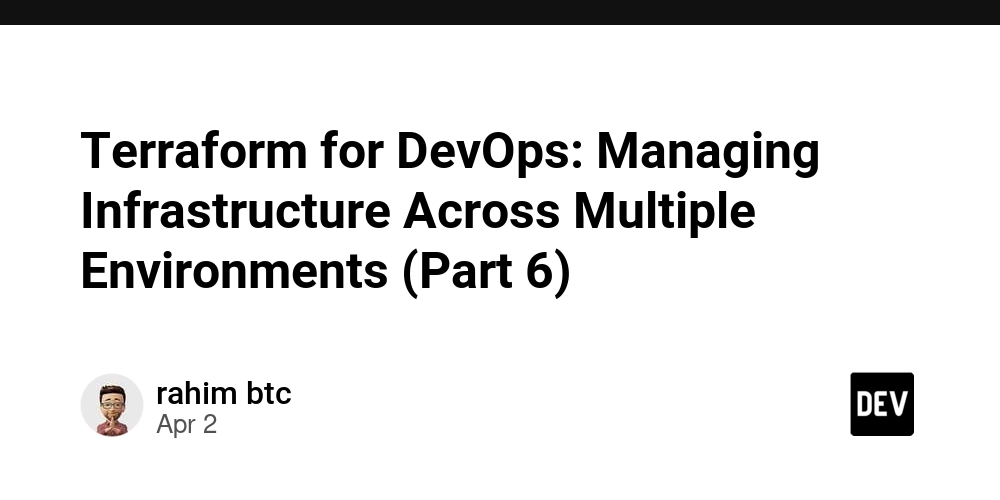



















![Is this a suitable approach to architect a flutter app? [closed]](https://i.sstatic.net/4hMHGb1L.png)








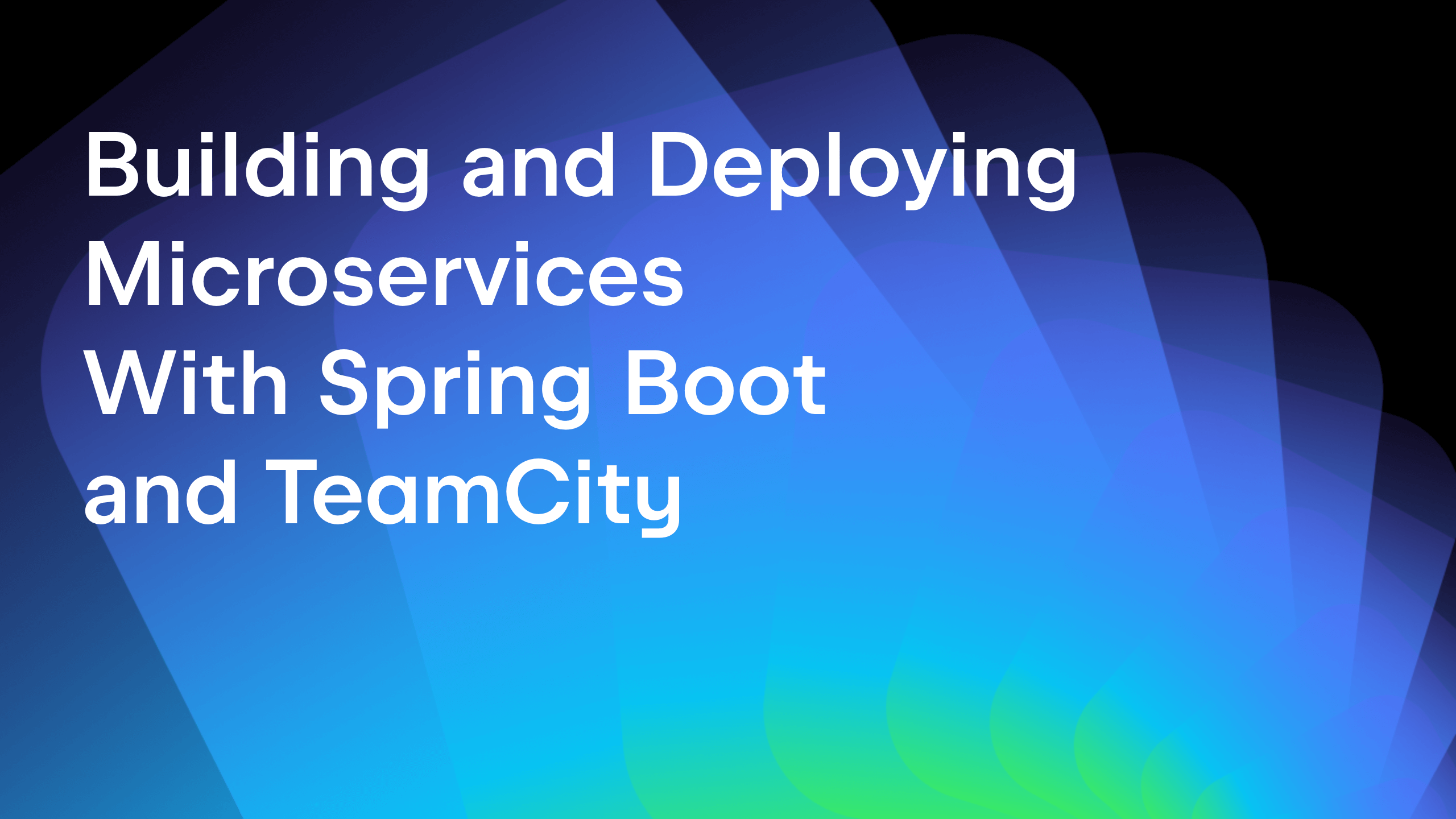
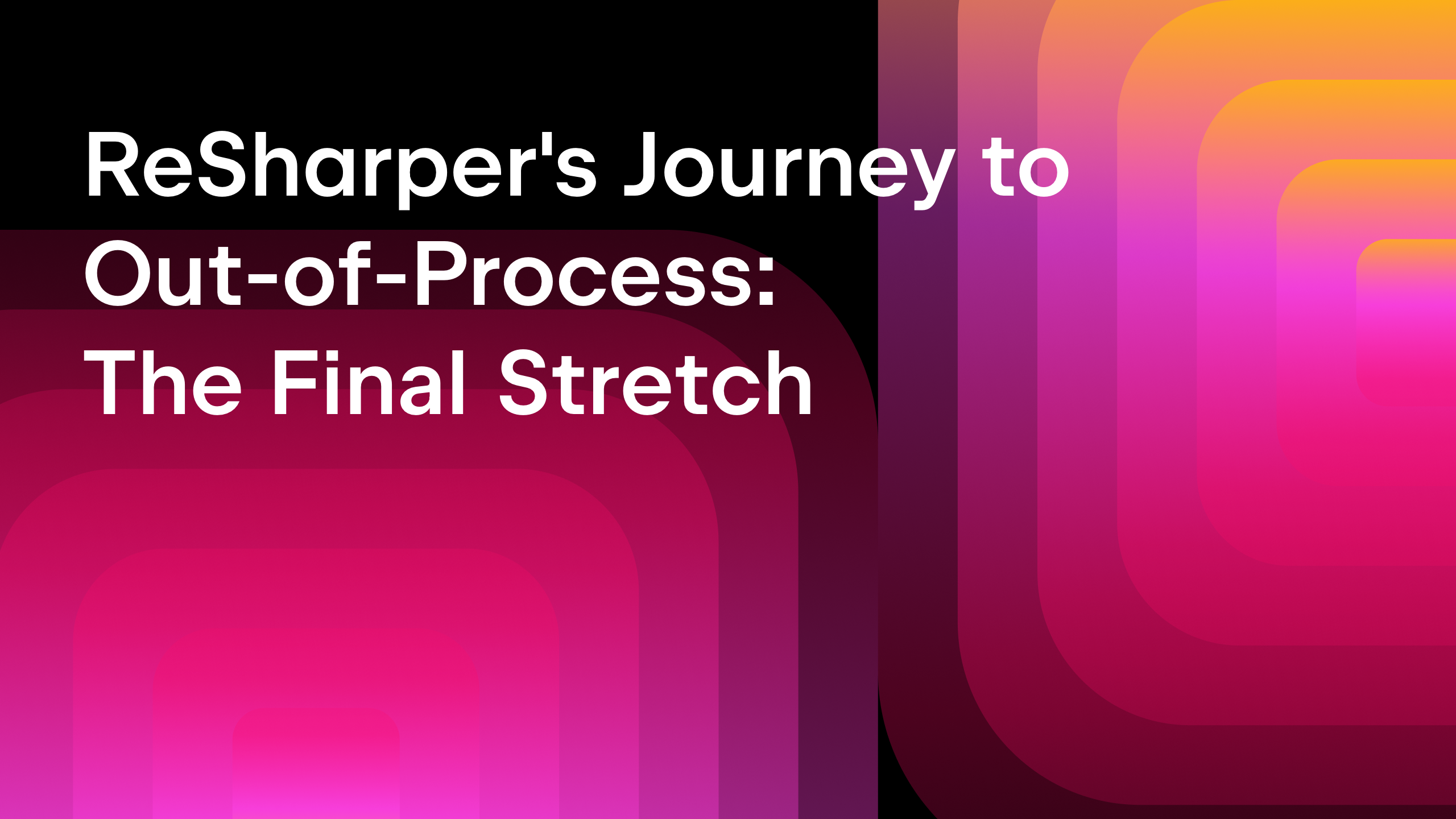








![From broke musician to working dev. How college drop-out Ryan Furrer taught himself to code [Podcast #166]](https://cdn.hashnode.com/res/hashnode/image/upload/v1743189826063/2080cde4-6fc0-46fb-b98d-b3d59841e8c4.png?#)
























































































